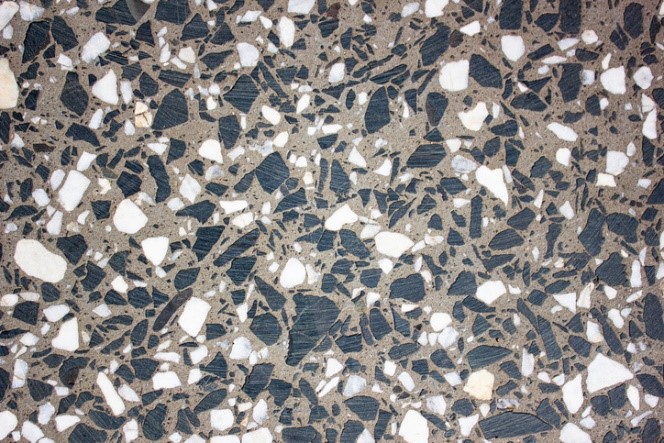
We’ve spent a lot of time on Göbekli Tepe. We’re done. It’s time to “put a fork in it” and examine what we have learned.
The facts are what we see at the site. The rest is speculation.
What is the strongest line of logic?
- The site must have been chosen for a purpose since there were so many negatives: scaling the highest mountain in the range and hauling supplies up to it, no fresh water, quarries some distance away, and ignorant locals. That purpose seems to have been an unobstructed view of the sky. It was the world’s first observatory.
- The site was probably engineered and supervised by the Swiderians, who seemed to have the habit of absorbing knowledge of various groups they encountered in their travels, synthesizing that knowledge, and using it to control the local population.
- The Swiderians had engineering knowledge we don’t have, at least regarding how to erect the structures with only tools of stone and wood. They probably had knowledge of sailing. What else did they know for which they left us no clues?
- The local population consisted of hunter-gatherers and, therefore, they moved from site to site. This disproves the theory that culture always arises from hunter-gatherers who subsequently adopted agriculture.
- Göbekli Tepe required a large work force, but no settlements have been found. Nor are there dwelling places within the site.
- With the observatory, and the catalog of animals carved into T pillars, it seems that Göbekli Tepe was the first university. People came to learn, then returned to their homelands.
- If you believe the Genesis account, learning would have been easy because everyone was already closely related by blood and spoke the same language.
- The Swiderian belief system was different from other cultures. Instead of man being an equal part of the world with animals, the enormous humanoid T Pillars that dwarf carvings of animals indicate that man was now considered of supreme importance.
- Ideograms were used. It also seems that at least some groups of carvings are positioned purposefully to give information.
- As tempting as it is to call this a temple, the logic seems to be very weak. One can’t say that later similar structures were temples and therefore this one is, because this site is the first and later structures could be corruptions…as we see within Göbekli Tepe itself. There is no altar. Feasts can be held without religion. There are no burials, as are often seen with later religious sites. We don’t know what the ideograms and carved groups mean.
Let’s look at the vulture with the circle on its wing. It doesn’t have to be a vulture cult. First, the carved vultures are far from being large enough to be the religious center. If the circle does represent a human soul, the carving does not have to mean that the vulture, the bird of death, is responsible for transporting the soul to its final destination. It could be simply a statement of belief that after death the person lives on.
- If there is religion at the site, it would probably be centered on the most impressive structures: the seeing stone and the humanoid T pillars. If the pillars represent gods, that would indicate religion, but they could just as easily represent heroes or ancestors.
- The navigation they learned from Western Europe and the massive architectural structure imply an extensive use of mathematics. In navigation, the captain has to know how to plot his position and how to navigate to his destination.
In architecture, the Swiderians didn’t choose the circle, a shape easily made with a stake and a string. Instead, they preferred an oval.
Maybe they had someone who could freehand an oval the size of a structure, but that would be washed out by the next rain. Perhaps they knew advanced geometry using stakes, lines, and arcs to construct one. Or they knew the algebraic formula for the perimeter of an oval: π × (a + b) [1 + (3 × h/ (10 + √ (4 – 3h)))].
- The final mystery: why were the various structures filled in? The ones most carefully packed with skulls and tools and construction rubbish and dirt would have been constructed under Swiderians. The best guess is that they were already constructing the next enclosure because of a shift in the constellations they chose to observe. The first enclosure was packed carefully, almost reverently, as no longer useful.
The second one was packed almost as carefully, but damage was done or it was completely emptied before being backfilled.
The Swiderians seem to have left during the construction of the third enclosure, leaving ignorant workers whose construction and later backfilling was sloppy.
Göbekli Tepe and the advances in knowledge that it represents are truly mysterious and awe inspiring!
Photo credit: Valiant Made on Unsplash








